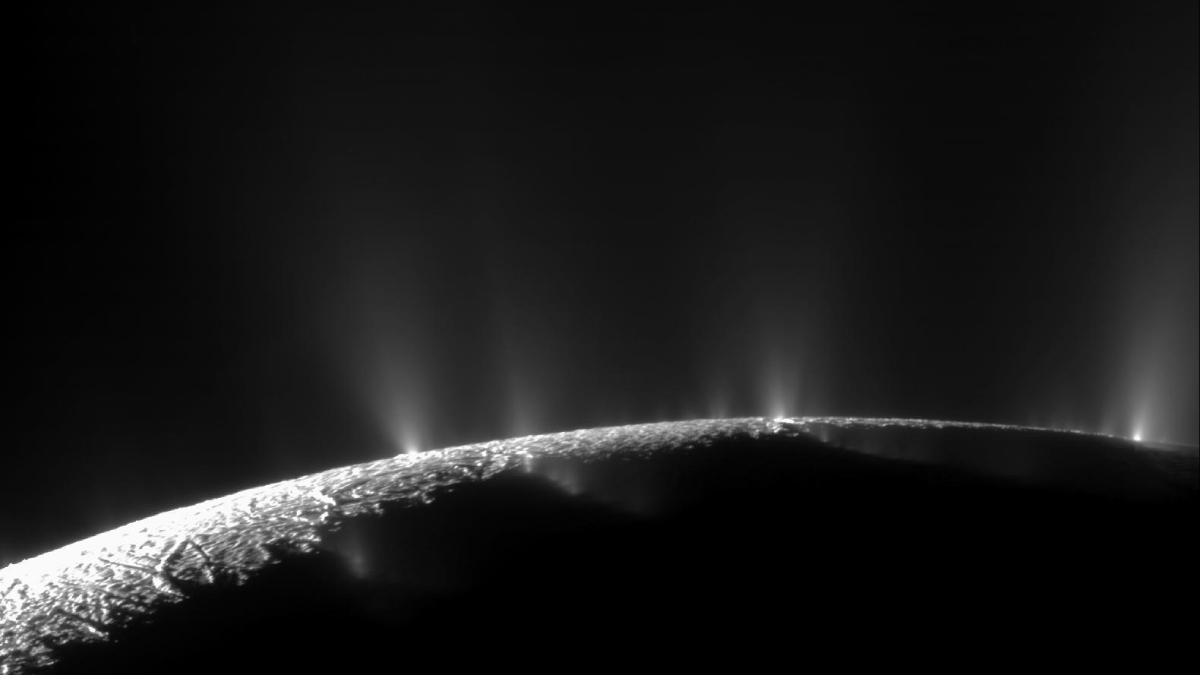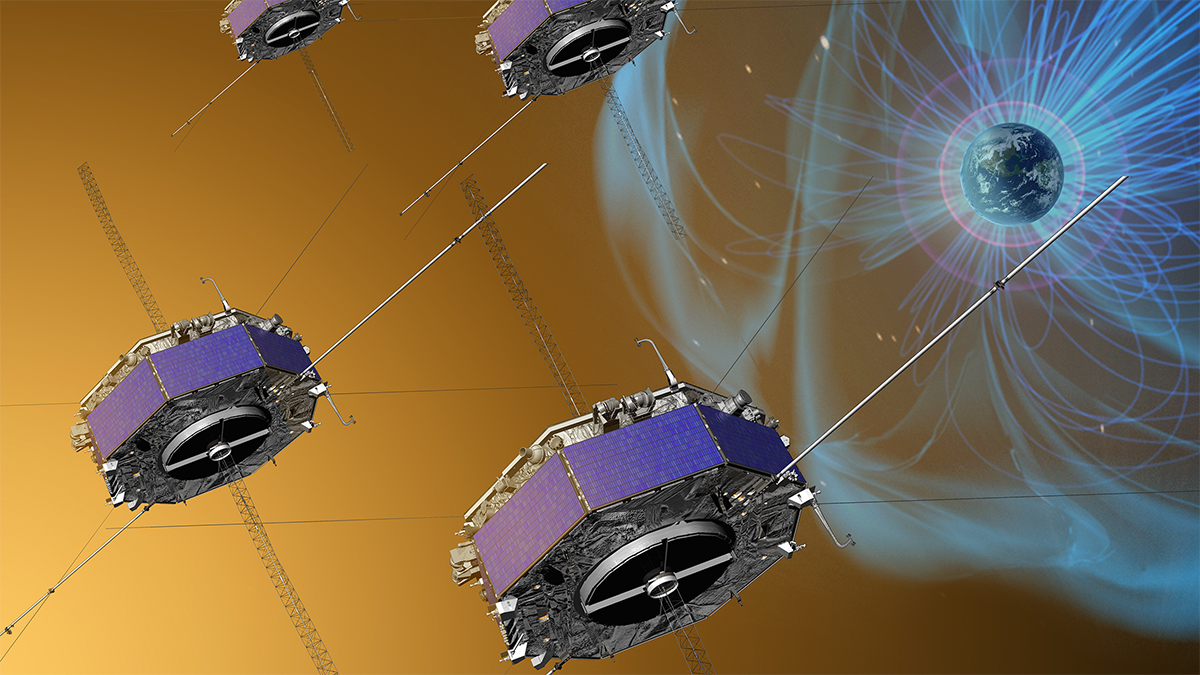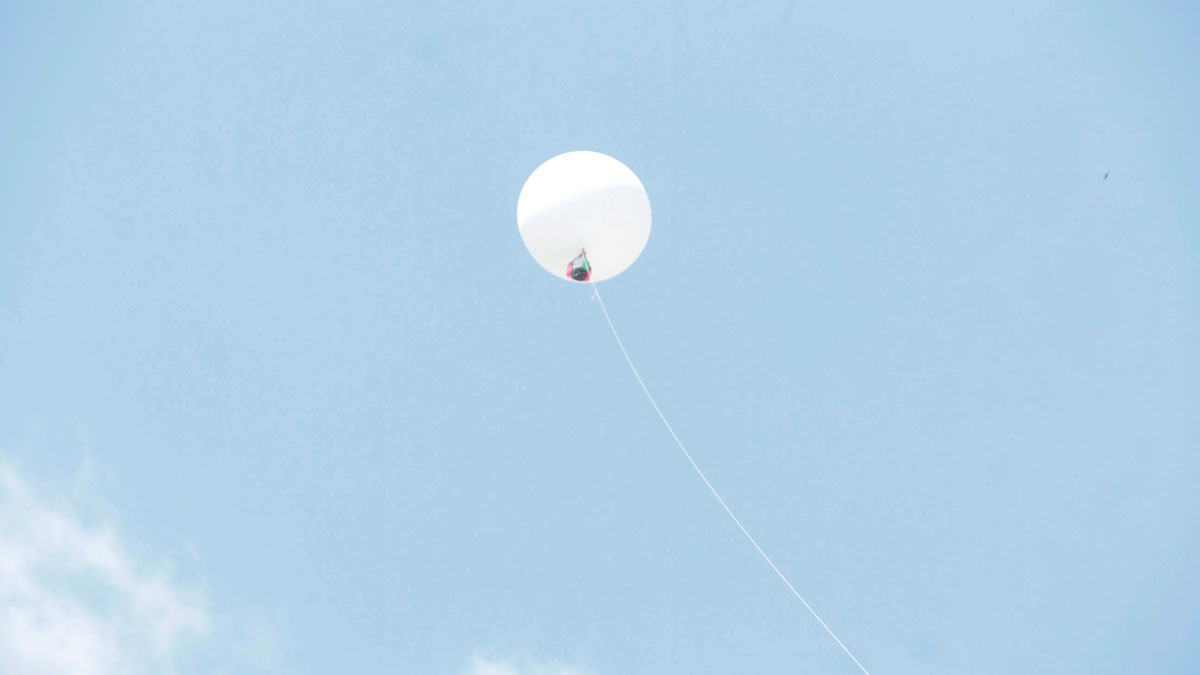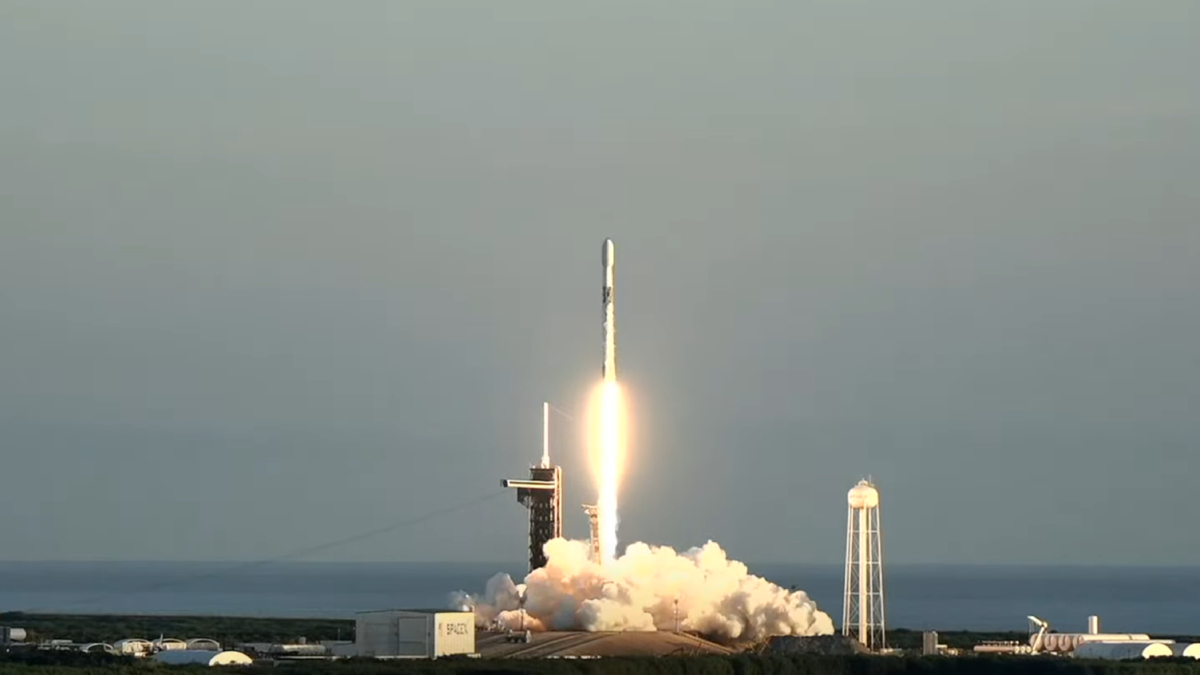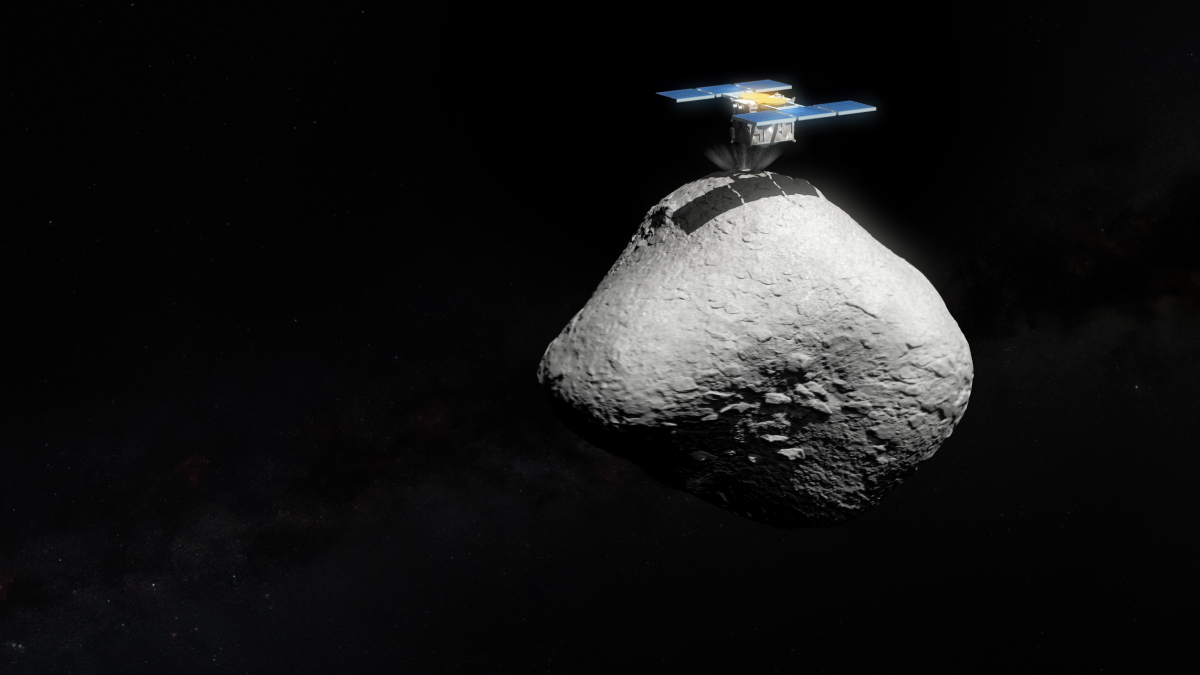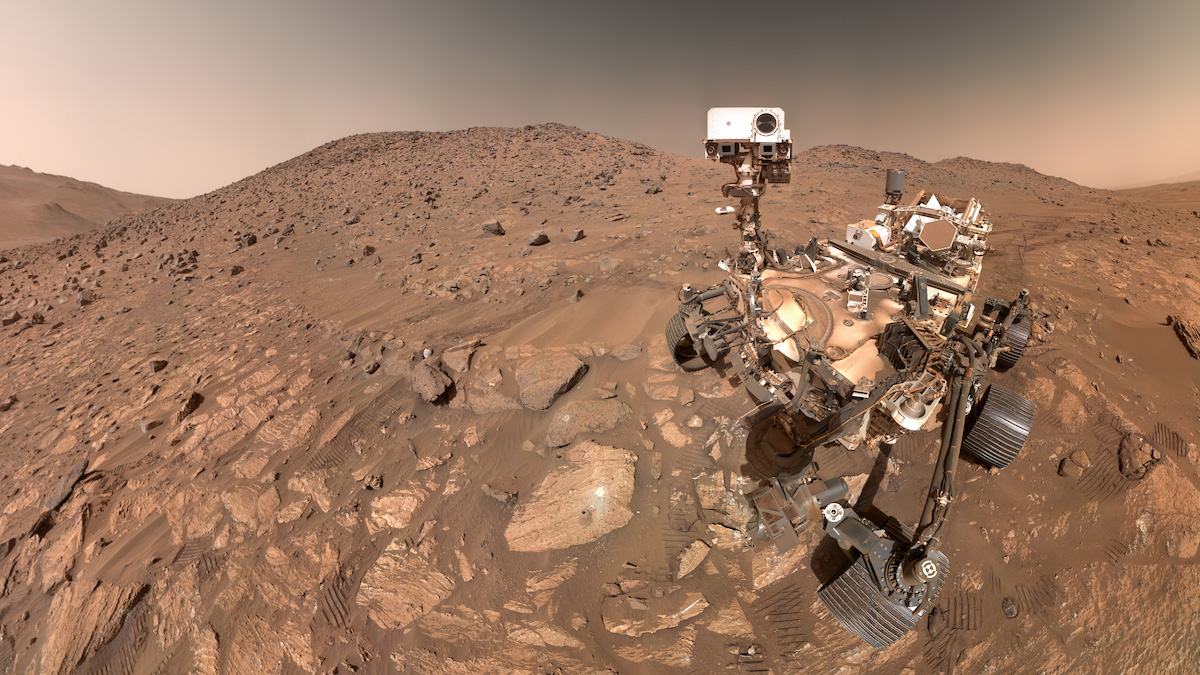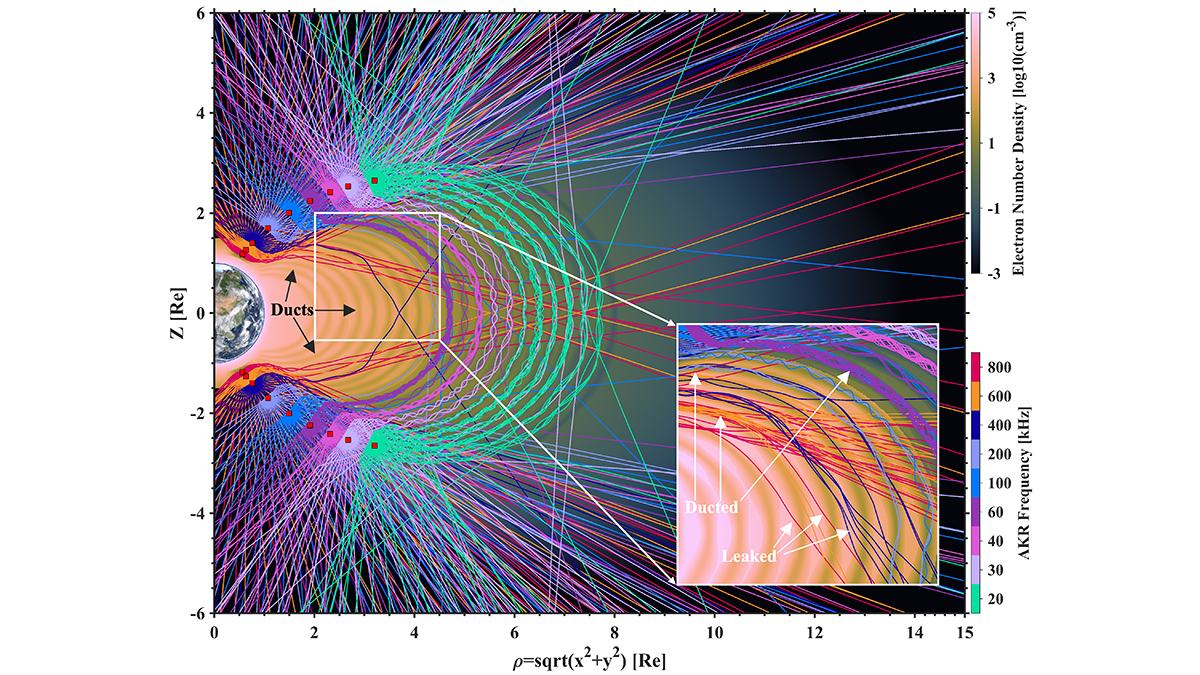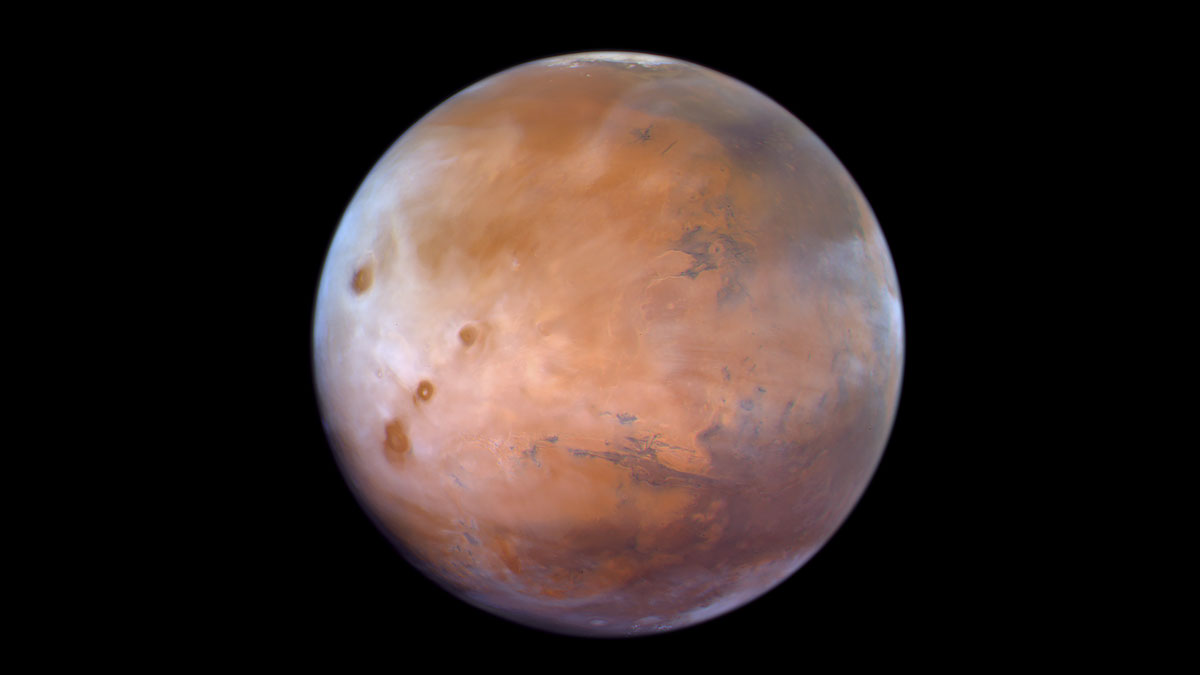A new analysis of old Cassini data has also verified past detections of complex organics in Saturn’s E ring, strengthening the chemical ties between the ring and its progenitor.
spacecraft
Martian Dust Devils Reveal Dynamic Surface Winds
A new wind map covering the whole of Mars includes some of the fastest winds ever detected on the Red Planet.
Magnetic “Switchback” Detected near Earth for First Time
Until recently, this type of zigzag shape—formed by energetic rearrangement of magnetic field lines—had been seen only near the Sun.
Trio of Space Weather Satellites Take Flight
These three satellites will that study the solar wind and its impacts.
Hayabusa2’s Final Target is 3 Times Smaller Than We Thought
It also spins twice as fast as previous estimates suggested. A spacecraft touchdown will be challenging, but not impossible.
Perseverance Sample Shows Possible Evidence of Ancient Martian Microbial Metabolisms
A sample collected in July 2024 by NASA’s Perseverance Mars rover may be “the closest we’ve actually come to discovering ancient life on Mars,” according to Nicky Fox, the science head of NASA.
Spacecraft Surveys Shed New Light on Auroral Kilometric Radiation
Observations show low-density space channels guide Auroral Kilometric Radiation, like wind through mountain tunnels, offering new insights into its occurrence and directionality.
First Complete Picture of Nighttime Clouds on Mars
Data captured by the Emirates Mars Mission reveal that clouds are typically thicker during Martian nighttime than daytime.
Nearly 94 Million Boulders Mapped on the Moon Using Deep Learning
Scientists used a deep learning algorithm to map the size and location of nearly 94 million boulders on the lunar surface, highlighting differences in boulder densities and size distributions.

